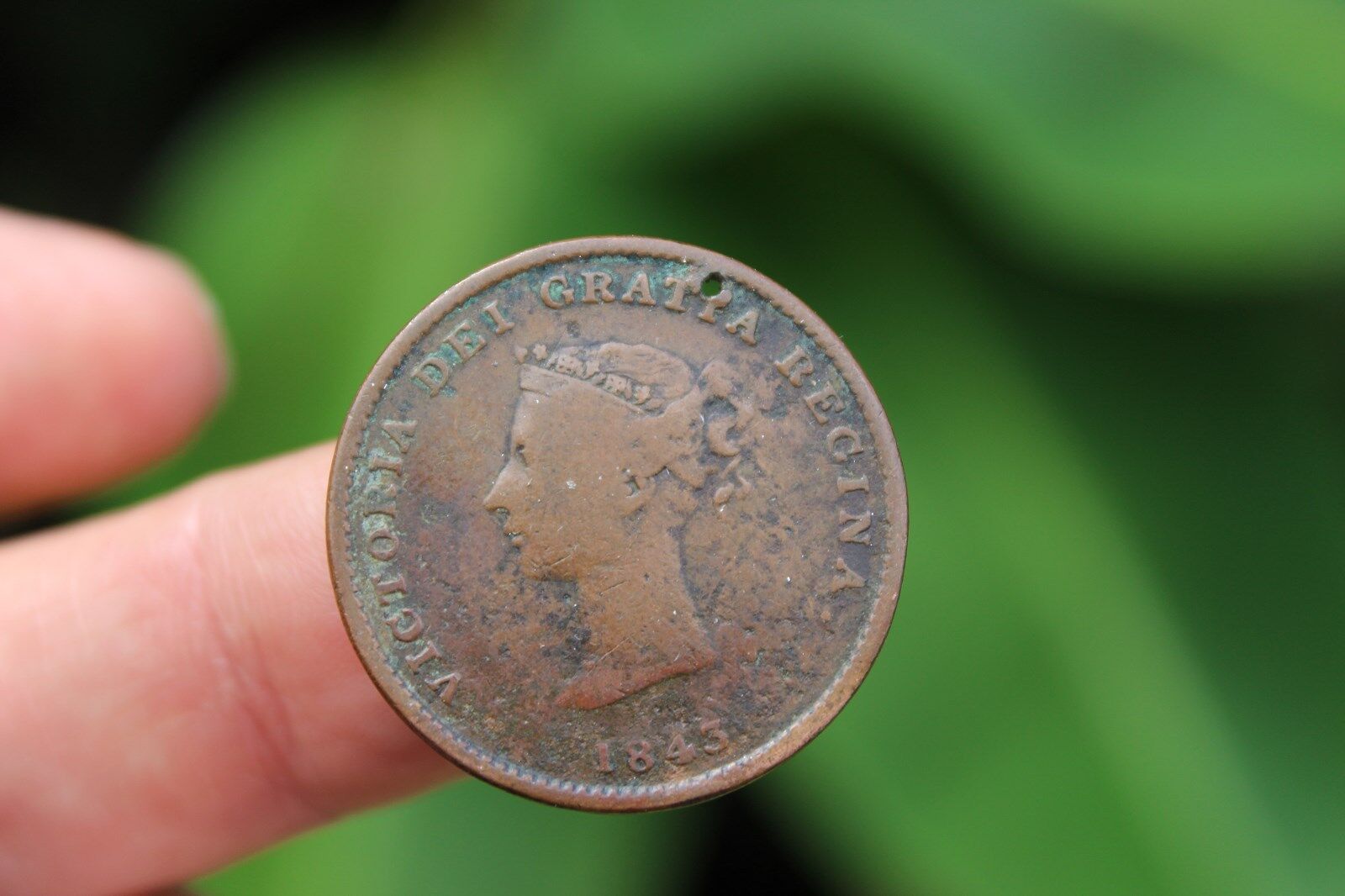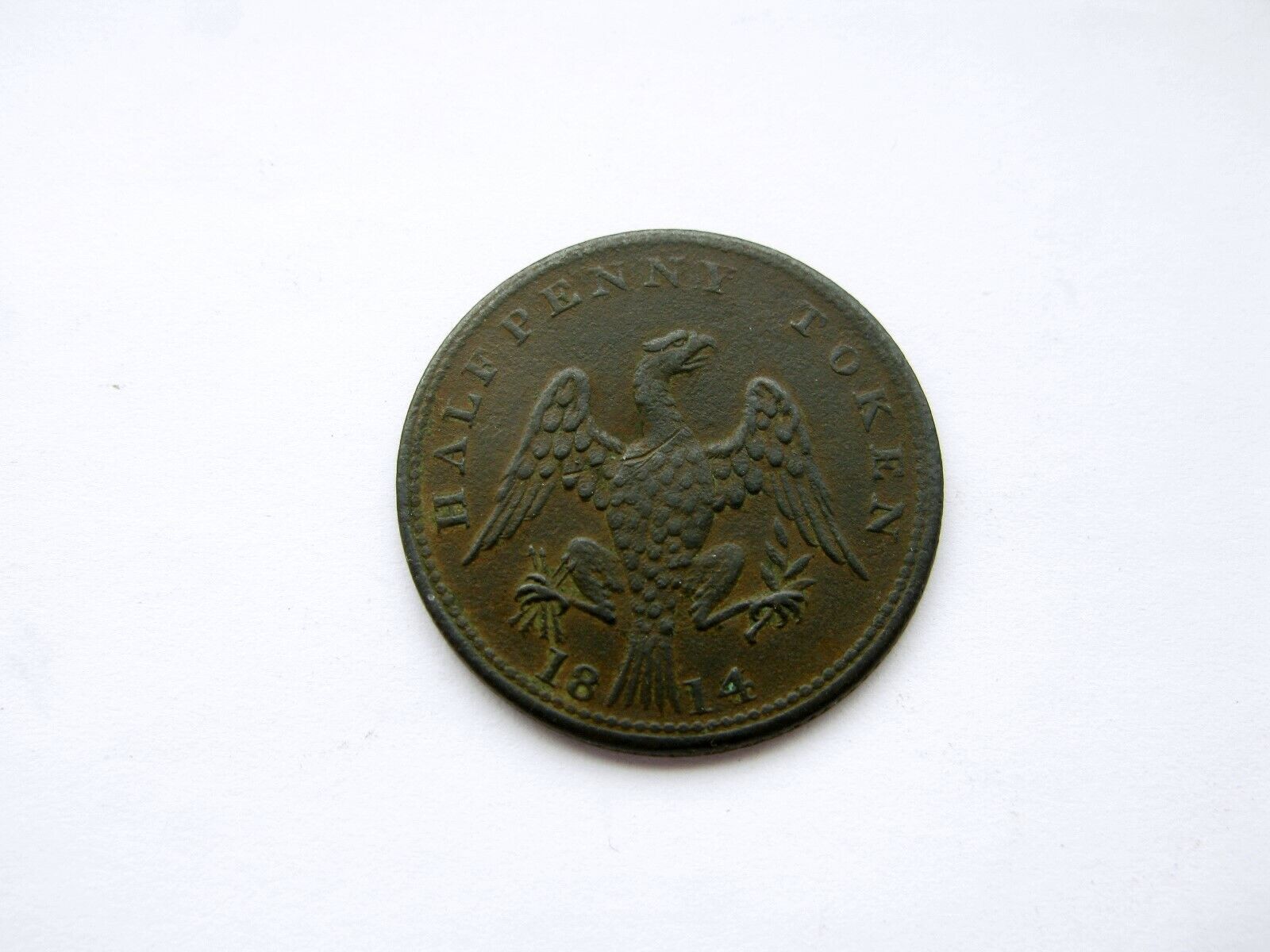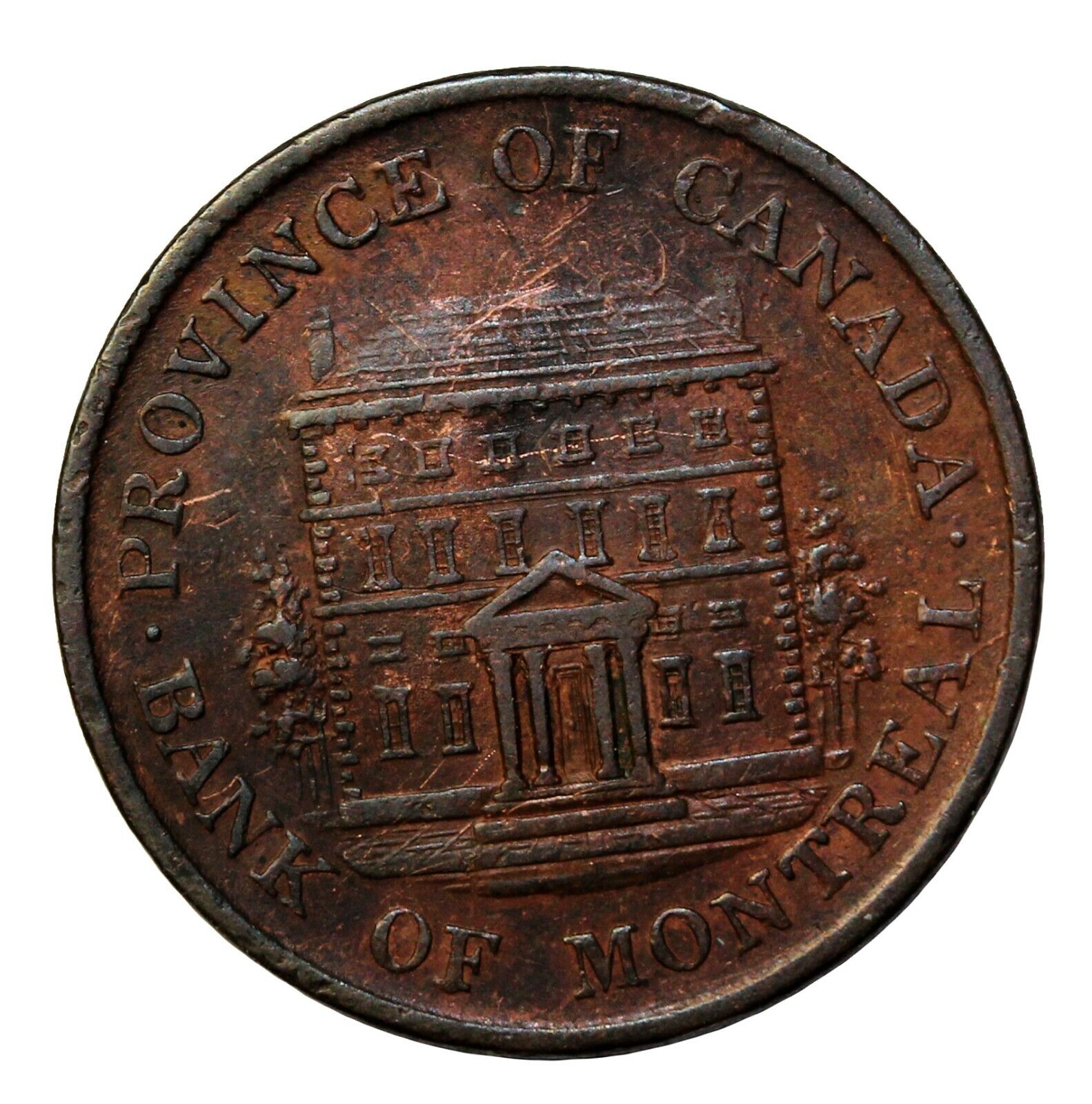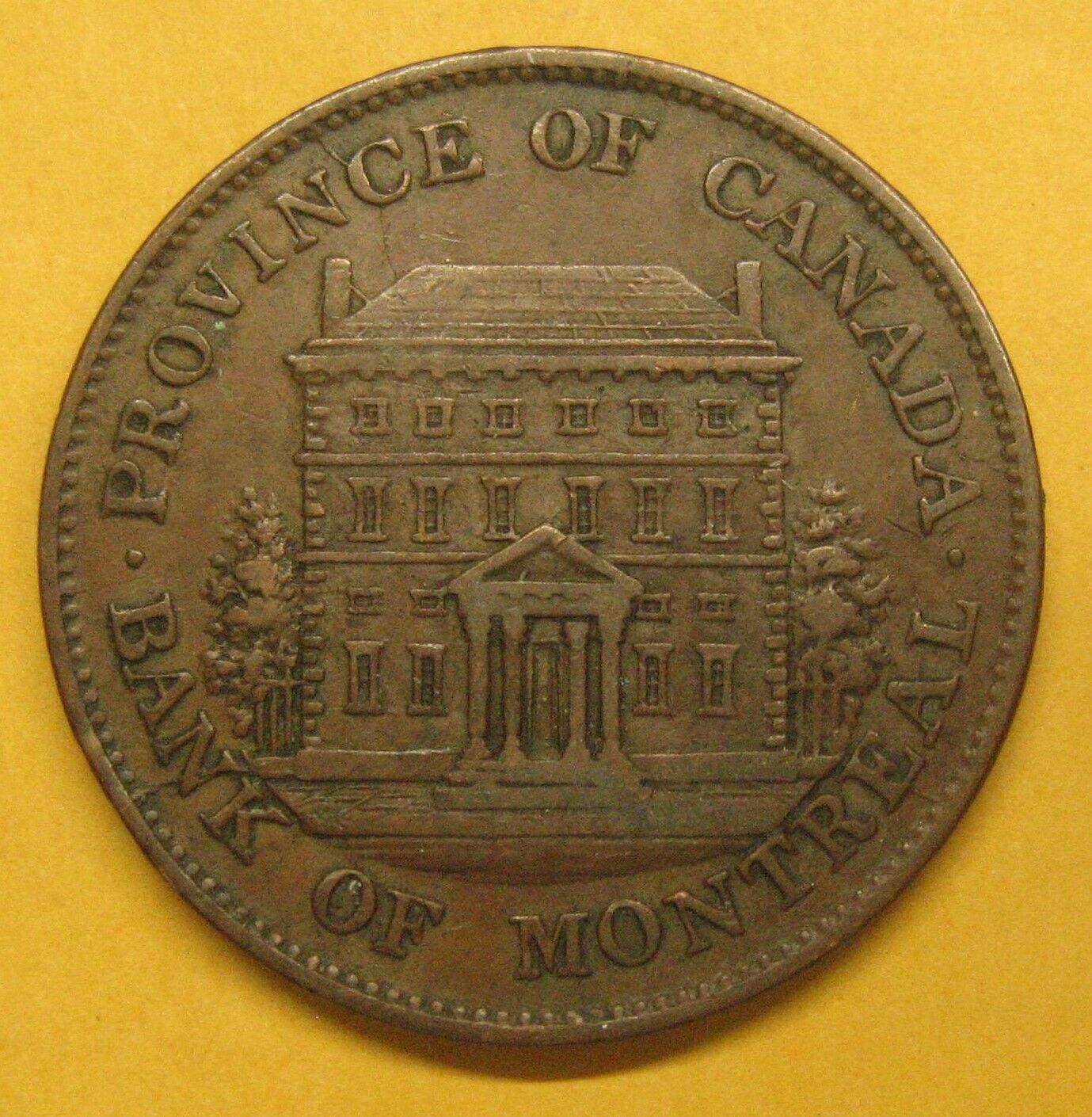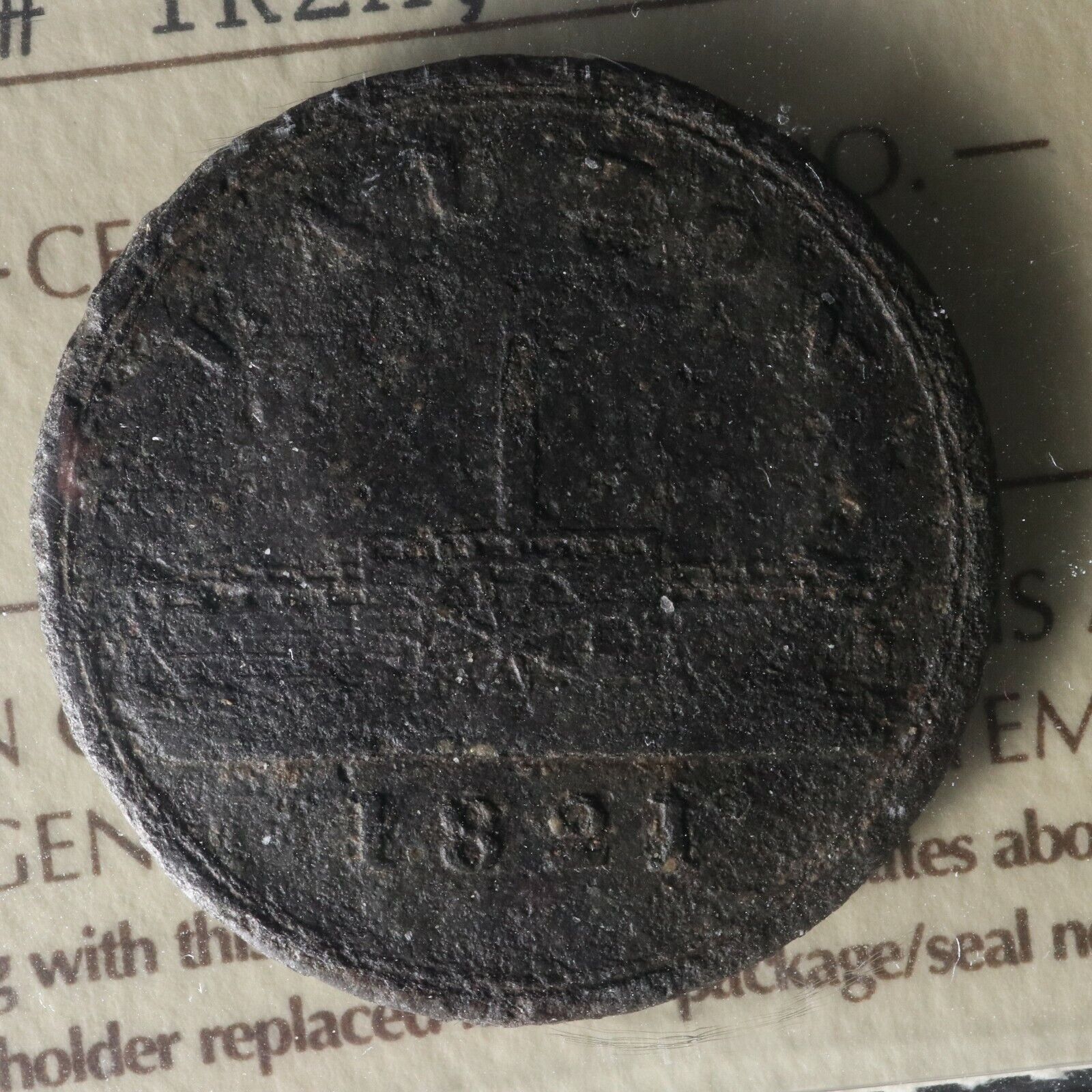-40%
Canadian coin, Half Penny Token, Queen Victoria, New Brunswick, VG/F, 1843
$ 42.24
- Description
- Size Guide
Description
Canadian coin, Half Penny Token, Queen Victoria, New Brunswick, VG/F, 1843Weight: 8.37 g;
Diameter: 28 mm
Condition: VG/F
New Brunswick
(French:
Nouveau-Brunswick
; pronounced:
[nu.vo.bʁœn.swik]
, Quebec French pronunciation:
[nu.vo.bʁɔn.zwɪk]
(
listen
)) is one of
Canada
's three
Maritime provinces
and is the only province
constitutionally
bilingual (English–French)
.
[3]
It was created as a result of the partitioning of the British Colony of Nova Scotia in 1784.
Fredericton
is the capital,
Moncton
is the largest metropolitan (CMA) area and
Saint John
is the most populous city. In the 2011 nationwide census,
Statistics Canada
estimated the provincial population to have been 751,171. The majority of the population is English-speaking, but there is also a large Francophone minority (33%), chiefly of
Acadian
origin.
British colonial era
The Coming of the Loyalists
, painting by
Henry Sandham
showing a romanticised view of the Loyalists' arrival in New Brunswick.
After the Seven Years' War, most of present-day New Brunswick (and parts of Maine) were absorbed into the colony of Nova Scotia and designated as
Sunbury County
. New Brunswick's relatively isolated location on the Bay of Fundy, away from the Atlantic coastline proper tended to discourage settlement during the postwar period. There were exceptions however, such as the coming of
New England Planters
to the Sackville region and the arrival of
Pennsylvania Dutch
settlers in
Moncton
in 1766. In both these cases, many of the new settlers took up land that had originally belonged to displaced Acadians before the deportation.
There were several actions on New Brunswick soil during the
American Revolutionary War
: the
Maugerville Rebellion
(1776), the
Battle of Fort Cumberland
(1776), the
Siege of Saint John (1777)
and the
Battle at Miramichi (1779)
. The Battle of Fort Cumberland was the largest and most significant of these conflicts. Following the war, significant population growth finally came to the area, when 14,000 refugee
Loyalists
, having lost the war, came from the newly created United States, arriving on the Saint John River in 1783. Influential Loyalists such as
Harvard
-educated
Edward Winslow
saw themselves as the natural leaders of their community and that they should be recognized for their rank and that their loyalty deserved special compensation.
[6]
However they were not appreciated by the pre-loyalist population in Nova Scotia. As Colonel Thomas Dundas wrote from Saint John, "They [the loyalists] have experienced every possible injury from the old inhabitants of Nova Scotia."
[7]
Therefore, 55 prominent merchants and professionals petitioned for 5,000-acre (20 km
2
) grants each. Winslow pressed for the creation of a "Loyalist colony" – an asylum that could become "the envy of the American states".
[8]
Nova Scotia was therefore partitioned. In 1784, Britain split the colony of Nova Scotia into three separate colonies: New Brunswick, Cape Breton Island, and present-day peninsular Nova Scotia, in addition to the adjacent colonies of
St. John's Island
(renamed Prince Edward Island in 1798) and
Newfoundland
. The
Colony of New Brunswick
was created on August 16, 1784; Sir
Thomas Carleton
was appointed as
Lieutenant-Governor
in 1784, and in 1785 a new
assembly
was established with the first elections. The new colony was almost called
New Ireland
after a failed attempt to establish a colony of that name in Maine during the war.
[9]
The province later gained control over its crown lands in 1837.
[10]
Even though the bulk of the Loyalist population was located in Parrtown (Saint John), the decision was made by the colonial authorities to place the new colonial capital at St. Anne's Point (Fredericton), about 150 km up the Saint John River as it was felt that by placing the capital inland, it would be less vulnerable to American attack. The University of New Brunswick was founded at Fredericton at the same time (1785), making it the oldest English-language university in Canada and the first public university in North America.
Initial Loyalist population growth in the new colony extended along the Fundy coastline from
Saint Andrews
to Saint Martins and up the Kennebecasis and lower Saint John River valleys.
During the late 18th and early 19th centuries, some of the deported Acadians from Nova Scotia found their way back to "Acadie," where they settled mostly along the eastern and northern shores of the new colony of New Brunswick. Here, they lived in relative (and in many ways, self-imposed) isolation.
Additional immigration to New Brunswick in the early part of the 19th century was from
Scotland
; western England; and
Waterford
, Ireland, often after first having come through (or having lived in)
Newfoundland
. A large influx of settlers arrived in New Brunswick after 1845 from Ireland as a result of the
Potato Famine
; many of these people settled in Saint John or
Chatham
. Both Saint John and the Miramichi region remain largely Irish today.
The northwestern border between Maine and New Brunswick had not been clearly defined by the
Treaty of Paris (1783)
that had ended the
American Revolution
. By the late 1830s, population growth and competing lumber interests in the upper Saint John River valley created the need for a definite boundary in the area. During the winter of 1838–39, the situation quickly deteriorated, with both Maine and New Brunswick calling out their respective militias. The "
Aroostook War
" was bloodless (but politically very tense), and the boundary was subsequently settled by the
Webster-Ashburton Treaty
of 1842.
Throughout the mid 19th century,
shipbuilding
on the Bay of Fundy shore and also on the Petitcodiac River and rivers on the east coast became a dominant industry in New Brunswick. The
Marco Polo
, the fastest
clipper
ship ever built, was launched from Saint John in 1851. Resource-based industries such as logging and farming were also important components of the New Brunswick economy during this time and railways were constructed throughout the province to serve them and link the rural communities.
[11]
